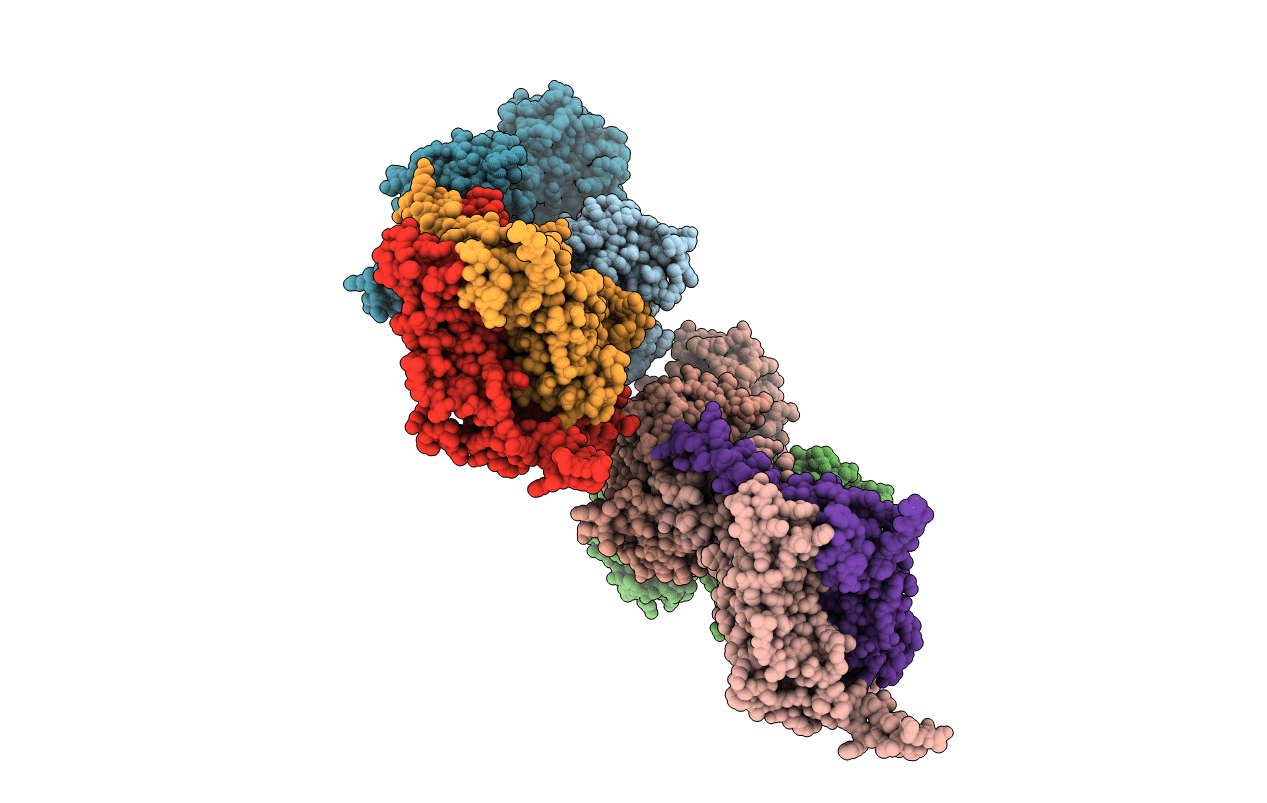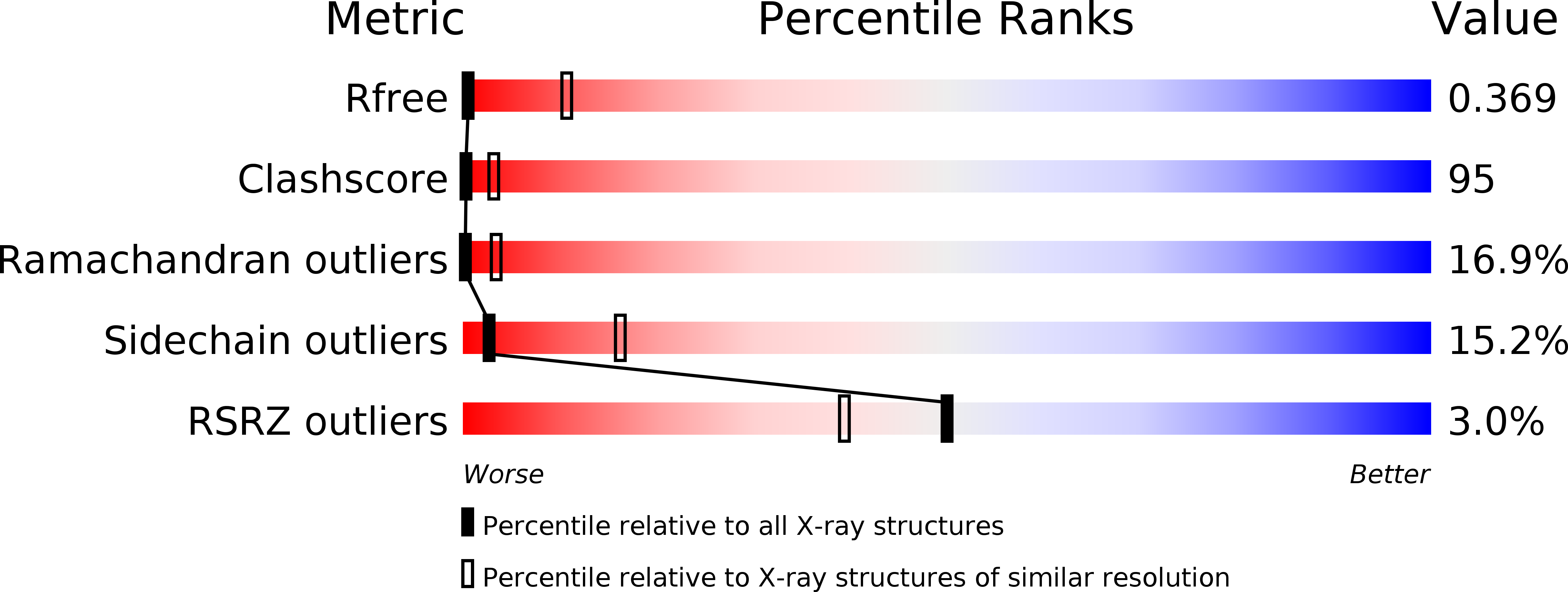
Deposition Date
2008-12-08
Release Date
2009-03-03
Last Version Date
2023-09-06
Entry Detail
PDB ID:
3FH6
Keywords:
Title:
Crystal structure of the resting state maltose transporter from E. coli
Biological Source:
Source Organism:
Escherichia coli (Taxon ID: 83333)
Host Organism:
Method Details:
Experimental Method:
Resolution:
4.50 Å
R-Value Free:
0.36
R-Value Work:
0.34
Space Group:
I 2 2 2


